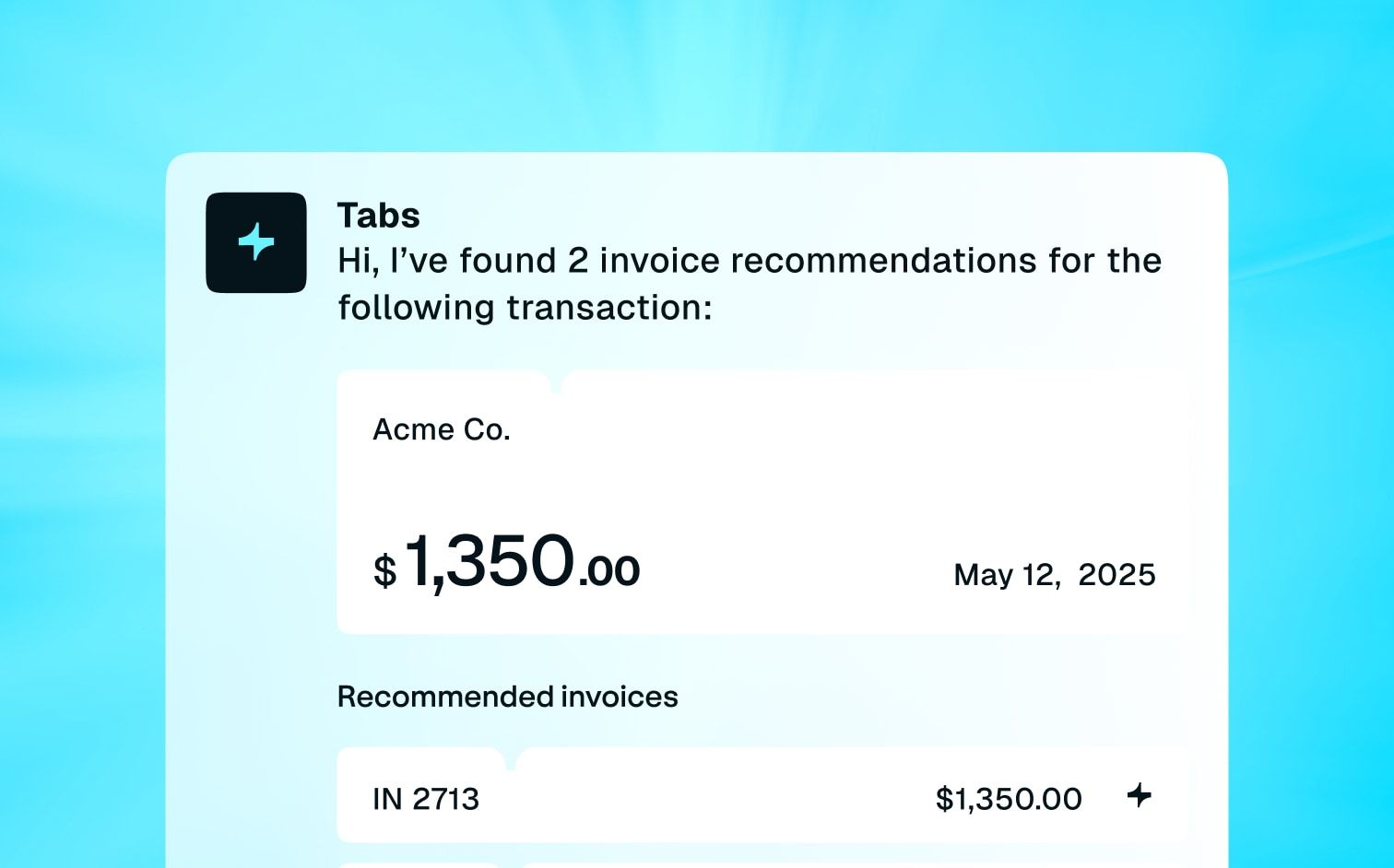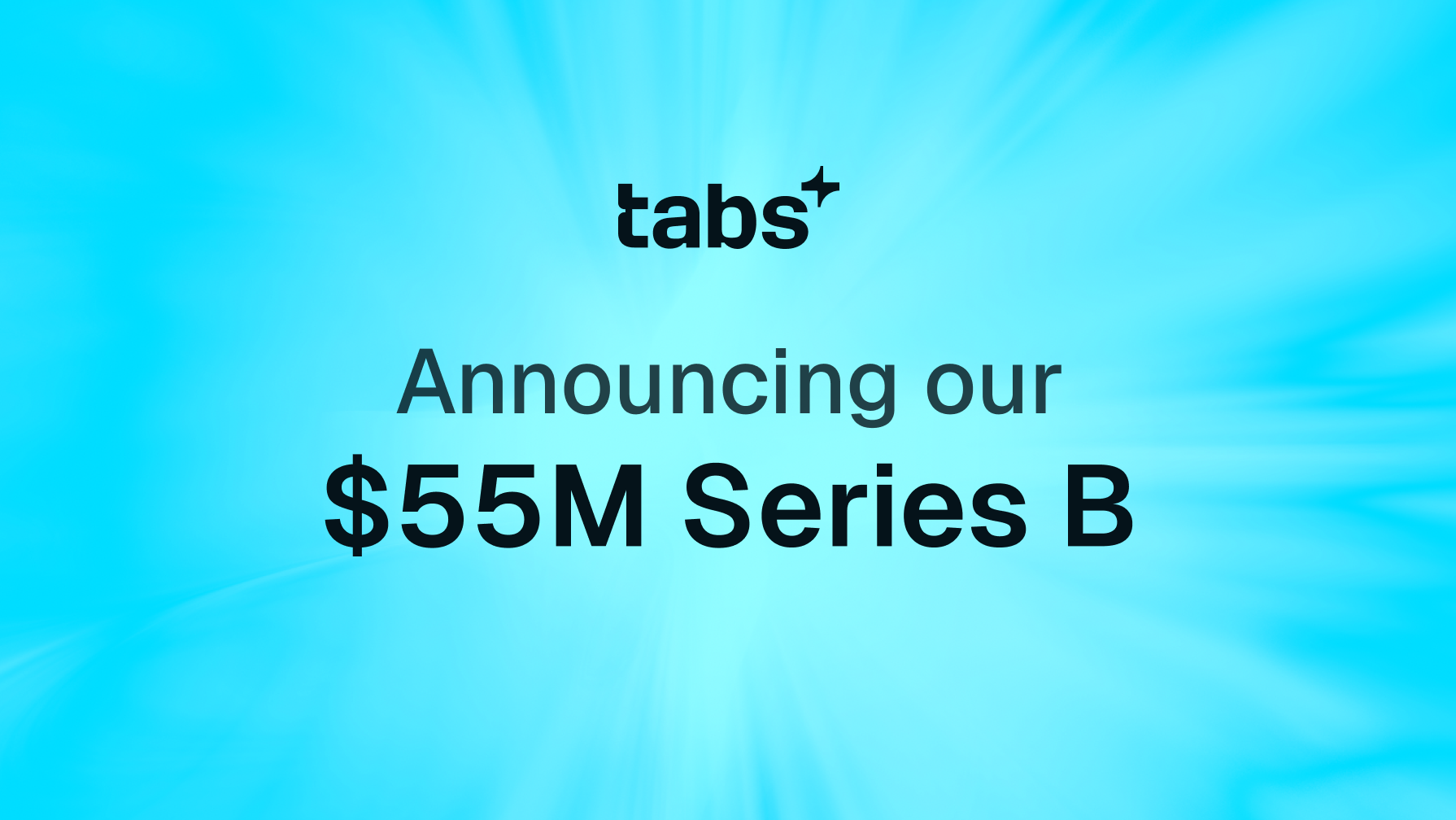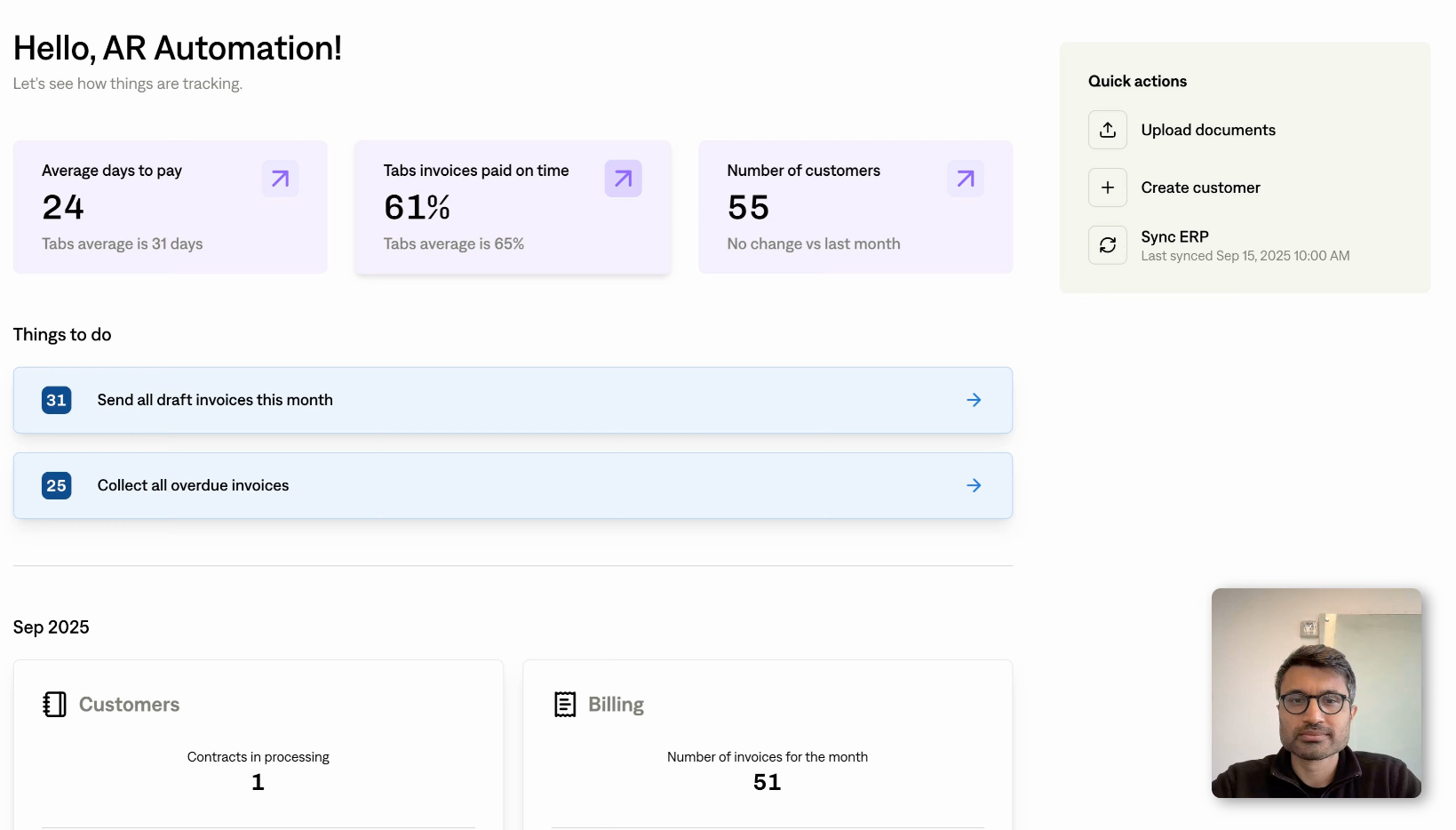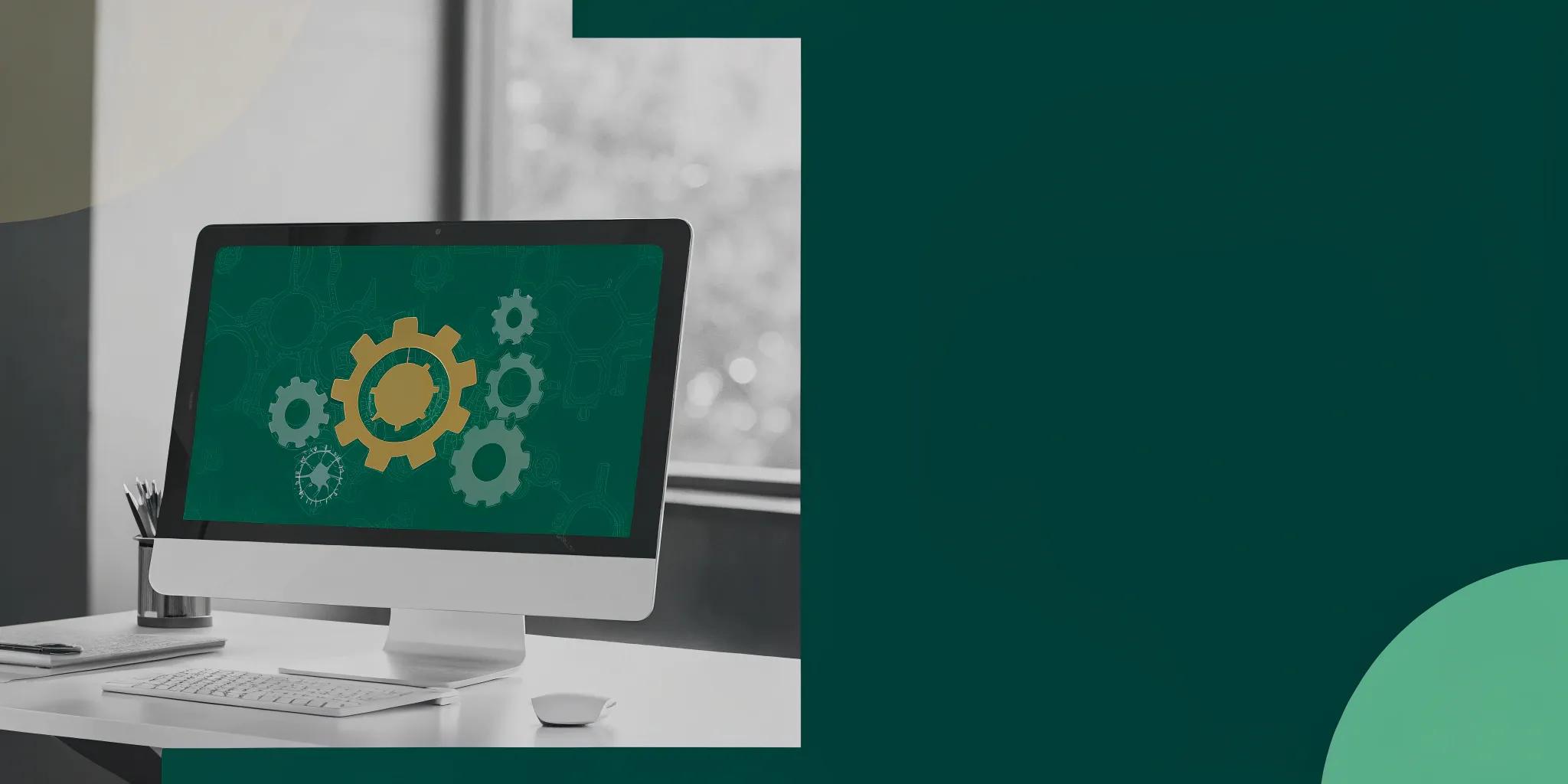Want to create a pricing model that's fair, flexible, and drives revenue growth? Usage-based billing is transforming the way SaaS companies charge for their products and services. This model allows you to charge customers based on their actual usage, aligning costs with value and fostering stronger customer relationships.
This article provides a deep dive into usage-based billing, covering its benefits and implementation strategies. We'll also address common misconceptions and challenges associated with this pricing model, offering practical solutions and best practices.
Key Takeaways
- Usage-based billing benefits both SaaS businesses and their customers: This flexible model aligns costs with actual product usage, leading to increased revenue potential for businesses and greater cost control for customers. This transparency fosters stronger customer relationships and encourages product adoption.
- Successful implementation requires a strategic approach: Address potential challenges like revenue forecasting and customer communication proactively. Investing in robust systems and providing clear usage data to customers are essential for a smooth transition.
- Tabs simplifies usage-based billing: Automate complex invoicing, streamline revenue recognition, and gain valuable insights through robust reporting. Tabs empowers SaaS businesses to optimize their billing workflows and focus on growth.
What is Usage-Based Billing?
Usage-based billing—also called consumption-based or metered billing—is a pricing model where customers pay only for what they use. Think of it like your electricity bill: you’re charged based on the kilowatts you consume, not a flat fee. This approach offers a flexible and transparent pricing structure for customers.
Key Concepts
At its core, usage-based billing centers around measuring and tracking customer usage of a product or service. This could be anything from the number of API calls made, the data storage used, or the minutes talked on a phone plan. This data is then used to calculate the final bill, ensuring customers are charged accurately for their specific consumption patterns.
This model promotes fairness and efficiency, as customers only pay for the value they receive. It’s a departure from traditional subscription models or one-time purchases, offering a more granular and adaptable approach to pricing.
Comparison to Traditional Billing
Traditional billing models often rely on fixed fees or subscriptions, regardless of actual usage. This can lead to situations where customers overpay for services they don't fully utilize or feel restricted by usage limits. Usage-based billing offers a more dynamic alternative.
Instead of a predictable monthly fee, customers are charged based on their actual consumption, providing greater flexibility and cost control. While traditional models offer predictable revenue streams, usage-based billing can fluctuate, reflecting the ebb and flow of customer demand. This requires businesses to adopt more agile financial planning strategies.
How Usage-Based Billing Works
Usage-based billing operates on the principle of paying for what you consume. Let's break down how it works:
Measure and Track Usage
Accurate measurement and tracking form the foundation of usage-based billing. This starts with defining a clear unit of measurement—what exactly are you tracking? Consider metrics like API calls, data storage, or minutes used.
You then need a reliable system to monitor and record this usage data. This might involve integrating metering tools directly into your product or service.
Finally, comprehensive reporting is essential to analyze usage patterns and provide valuable insights into customer behavior. This data informs billing and helps businesses understand how customers interact with their offerings. For robust reporting on key metrics, explore Tabs' reporting features.
Pricing Strategies
With usage tracked, you need to determine your pricing. Several strategies exist, each with its own advantages.
Variable pricing adjusts the cost based on volume consumed—the more used, the more paid. Tiered pricing offers different price points for different usage levels, often with discounts for higher consumption. Dynamic pricing allows prices to fluctuate based on real-time demand. Per-feature pricing lets customers pay only for the features they use.
The right pricing strategy depends on your business model and product. Tabs can automate complex invoicing based on your chosen strategy.
The Billing Process
Once usage is tracked and pricing is defined, the billing process is straightforward. The system continuously monitors customer consumption. At the end of the billing cycle, total usage is calculated and multiplied by the predetermined rate (price per unit). This generates the final invoice, which is then sent to the customer.
This automated process eliminates manual calculations and ensures accurate billing. Tabs supports various payment types, streamlining the process. Tabs also simplifies revenue recognition, crucial for subscription businesses.
Benefits of Usage-Based Billing
Billing based on consumption offers compelling advantages for both businesses and their customers. Let's explore how this model creates win-win scenarios:
For Businesses
It can be a powerful way to grow revenue and build stronger customer relationships. Here's why:
- Increased Revenue Potential: With usage-based billing, higher product usage translates directly into increased revenue. This model incentivizes customers to engage more with your product, leading to organic growth and expansion within your existing customer base. This differs from traditional subscription models where revenue is often capped at a fixed monthly rate, regardless of usage.
- Stronger Customer Alignment: A usage-based pricing model aligns your pricing with the value customers receive. This resonates particularly well in the SaaS world, where customers appreciate paying only for what they use. This perceived fairness can be a significant differentiator in a competitive market.
- Improved Customer Retention: When customers feel they're paying a fair price, they're more likely to stick around. Usage-based billing fosters transparency and trust, reducing the likelihood of customers churning due to perceived overpricing or underutilization of features. This predictable revenue stream makes financial planning and forecasting more reliable.
- Flexibility and Scalability: Usage-based billing offers flexibility to scale your offerings alongside your customers' needs. As their usage grows, so does your revenue, creating a natural path for expansion and upselling. This adaptability is crucial for businesses operating in dynamic markets.
For Customers
Usage-based billing isn't just good for businesses; it offers several key advantages for customers too:
- Cost Control and Transparency: Customers gain greater control over their spending by paying only for what they consume. This transparency builds trust and eliminates the frustration of paying for features they don't use. Clear billing practices strengthen the customer-business relationship.
- Lower Barrier to Entry: Usage-based pricing often makes it more affordable for customers to try out new products or services. The lower initial investment reduces the risk and makes it easier for businesses to acquire new customers, especially those hesitant about committing to a fixed monthly fee.
- Scalability and Flexibility: As customer needs evolve, their usage can adjust accordingly. This scalability allows them to easily increase or decrease their spending based on their actual consumption, providing a level of flexibility not typically found in traditional subscription models. This pay-as-you-go approach aligns perfectly with fluctuating business needs.
- Direct Value Correlation: The cost directly correlates with the value received. This clear connection reinforces the perceived fairness of the pricing model and strengthens customer satisfaction. Customers appreciate the direct link between cost and usage.
Common Misconceptions
Usage-based billing is gaining traction, but some misconceptions can make businesses hesitate. Let's clear up a few common misunderstandings.
Cost Predictability and Management
One frequent concern is that usage-based billing leads to unpredictable revenue. While revenue can fluctuate based on customer usage, this isn't inherently negative. Think of it as an opportunity to align your revenue directly with the value you deliver.
With the right tools and strategies, you can forecast revenue effectively and manage your finances. Robust reporting on key metrics helps you understand usage patterns and anticipate fluctuations, enabling better financial planning.
Implementation Complexity
Many assume that implementing usage-based billing is technically complex. Setting up accurate usage tracking does require the right systems. However, dedicated billing platforms like Tabs simplify this process, automating complex tasks from extracting contract terms with AI to supporting various payment types.
This makes implementation smoother than you might think. You can automate complex invoicing and simplify revenue recognition.
Value Perception
Some worry that customers might perceive usage-based billing as unfair. In reality, it often increases transparency. When customers see a clear link between their usage and their costs, it builds trust.
Providing access to usage data empowers customers to manage their spending and understand the value they're receiving. This transparency can enhance customer satisfaction and reduce disputes.
Fairness Across User Types
Another misconception is that usage-based billing can't be fair to all customer segments. With careful planning and tiered pricing models, you can create a system that works for everyone. Consider offering different pricing tiers based on usage levels, ensuring that both light and heavy users find value in your services. This flexibility allows you to cater to diverse customer needs while maintaining a fair and profitable pricing structure.
Implementation Challenges
While usage-based billing offers flexibility and scalability, it also presents unique challenges. Understanding these hurdles is crucial for successful implementation. Let's explore some key obstacles businesses face:
Revenue Forecasting and Cash Flow Variability
Predicting revenue becomes more complex with usage-based billing. Unlike fixed-price models with steady, predictable income, revenue can fluctuate significantly depending on customer behavior.
This variability can make financial planning and revenue recognition more challenging. Accurately forecasting cash flow requires sophisticated analytics and a deep understanding of customer usage patterns. For SaaS businesses, this can mean investing in tools that provide real-time insights into usage trends.
Track Usage Accurately
Precisely tracking customer usage in real-time is essential for accurate billing. This often requires robust technical infrastructure and automated systems to capture and process usage data reliably. Manual tracking is inefficient and prone to errors, especially as your customer base and product offerings grow.
For example, imagine a SaaS company offering various features within its software. Tracking which customers use which features and how often requires a sophisticated system. Investing in a reliable system for measuring and recording usage is critical.
Customer Churn Risk
Usage-based billing, while offering flexibility, can sometimes lead to unpredictable costs for customers. If customers aren't prepared for fluctuating bills or don't fully understand the pricing model, it can increase the risk of customer churn. Clear communication and transparent billing practices are essential to mitigate this risk.
Providing customers with tools to monitor their own usage and anticipate costs can also build trust and improve retention. Think of it like a utility bill—clear usage breakdowns help customers understand their charges.
Choosing Advanced Billing Systems
Managing the complexities of usage-based billing often requires specialized software. Selecting the right billing system is crucial for automating processes, ensuring accuracy, and scaling your operations. Look for platforms that offer robust reporting features, flexible pricing configurations, and integrations with other business tools.
A comprehensive billing system, like the one offered by Tabs, can streamline operations and provide valuable insights into customer behavior and revenue trends. This data can then inform product development and pricing strategies.
Industries Using Usage-Based Billing
Usage pricing models are gaining traction across various sectors. Let's explore some key industries where this approach is making a significant impact.
Software-as-a-Service (SaaS)
It's no surprise that usage-based billing is a natural fit for the SaaS world. Instead of fixed monthly or annual subscriptions, customers pay based on their actual product usage. This could involve factors like the number of users, features accessed, data storage, or transactions processed. This model allows SaaS companies to better align pricing with the value customers receive.
For example, a small startup using a project management tool with limited features would pay less than a large enterprise utilizing the platform's full suite of services. This flexibility makes usage-based billing attractive to a wider range of customers, especially those wary of committing to hefty upfront costs. Many SaaS companies use UBB—including application SaaS, middleware SaaS, infrastructure SaaS, and AI companies—where pricing can be based on features used, transaction volume, resources consumed, or specific functionalities.
Utilities and Telecommunications
Utility and telecommunications companies have long used usage-based billing. Think about your electricity bill—you pay for the kilowatts you consume, not a flat fee. Similarly, phone bills often reflect the minutes talked or data used. This model is inherently fair, as customers directly pay for what they use.
In the context of these industries, usage-based billing provides transparency and encourages responsible consumption. This consumption-based pricing model allows customers to pay only for what they consume.
Other Emerging Sectors
Beyond SaaS and traditional utilities, usage-based billing is emerging in other sectors. Cloud service providers often charge based on computing resources, storage, and data transfer. Streaming platforms may offer tiered subscriptions based on viewing resolution or the number of simultaneous streams. Even rental services, like car sharing, are adopting usage-based models, charging by the hour or mile.
As technology enables more granular tracking and measurement of consumption, we can expect to see usage-based billing expand into even more diverse industries. This model offers a compelling way to align pricing with value and provide customers with greater control over their spending.
Best Practices for Implementing Usage-Based Billing
Transitioning to usage-based billing, or implementing it from the start, requires a thoughtful approach. Done right, it can be a win-win for both your SaaS business and your customers. Here’s how to get it right.
Educate Customers and Address Concerns
Clear communication is key when shifting to usage-based billing. Explain how the new system works, what customers can expect on their invoices, and how this model benefits them. For example, highlight the flexibility and control they gain by only paying for what they use.
Proactively address potential concerns about unpredictable costs by offering tools and resources for managing usage. Regularly solicit customer feedback through surveys and feedback forms to stay informed and address any emerging issues.
Ensure Accurate Tracking and Transparent Invoicing
Invest in robust tracking systems to ensure accurate usage measurement. This data is the foundation of your billing process, so its accuracy is paramount. Customers should receive clear, detailed invoices that directly reflect their usage.
Itemized invoices build trust and transparency. Make sure your invoicing system can handle the complexities of usage-based billing and clearly present the data to your customers. Consider automating this process as much as possible to reduce errors and free up your team's time.
Offer Usage Monitoring Tools
Empower your customers with self-service tools that allow them to track their usage in real time. This transparency helps them manage their spending and avoid surprises, fostering a sense of control. Consider integrating usage dashboards into your product or providing regular usage reports.
When customers can monitor their own consumption, they're more likely to understand and accept the final bill. This also reduces the support burden on your team.
Gather and Use Customer Feedback
Customer feedback is invaluable for optimizing your billing process. Regularly collect and analyze feedback to identify areas for improvement and enhance customer satisfaction. Use this information to refine your pricing model, improve communication, and adjust your approach to usage-based billing over time.
This iterative process ensures your billing model remains aligned with customer needs and expectations. A feedback loop is essential for long-term success with usage-based billing. Consider using this feedback to inform product development as well.
Key Metrics for Success
Switching to usage-based pricing can feel like a big change, but tracking its success doesn't require a whole new set of metrics. Instead, it shifts how you view existing data. Here's how to leverage key metrics to ensure your usage-based billing model thrives:
Usage Volume and Customer Segmentation
Usage-based billing gives you a granular view of your customer base. Instead of just knowing who your customers are, you learn how they use your product.
Tracking usage volume reveals valuable insights into customer behavior. Are there power users consuming a large portion of your resources? Are there segments of customers underutilizing certain features? You can segment customers based on their usage patterns, enabling tailored pricing strategies that enhance customer satisfaction and retention.
For example, you might offer a premium package to high-volume users with additional features and support. Conversely, you could create entry-level packages to attract new users or re-engage those who haven't fully adopted your product. This data-driven approach allows you to optimize pricing for each customer segment, maximizing revenue and customer lifetime value.
Revenue per User and Feature Usage
One of the most compelling benefits of usage-based pricing is its potential to increase revenue per user. By charging customers based on their actual consumption, you align pricing with the value they receive. This model encourages users to engage more deeply with your product's features, knowing they're only paying for what they use. Tracking revenue per user, alongside feature usage data, helps you identify which features drive the most revenue and which are underutilized.
This information can inform product development decisions, marketing efforts, and even customer success initiatives. For instance, if a particular feature generates high revenue per user, you might consider developing complementary features or offering specialized training to encourage further adoption. This value-based approach not only maximizes revenue but also fosters a stronger connection between your product and your customers.
Churn Rate and Customer Satisfaction
Customer satisfaction is paramount to any successful business. With usage-based billing, customers only pay for what they use, leading to a greater sense of fairness and transparency. This can significantly impact your churn rate—the percentage of customers who cancel their subscriptions over a given period.
By closely monitoring churn alongside customer satisfaction metrics, you can identify potential issues early on. A sudden spike in churn among a specific customer segment might indicate dissatisfaction with pricing or a lack of perceived value. This signals an opportunity to proactively engage with those customers, address their concerns, and potentially offer tailored solutions.
This customer-centric approach builds trust and loyalty, ultimately reducing churn and increasing customer lifetime value. Remember, happy customers are more likely to stick around and become advocates for your brand.
Optimize Usage-Based Billing with Tabs
Managing intricate pricing models, tracking customer usage, and ensuring accurate invoices requires robust systems. Tabs offers a solution to streamline these processes and optimize your billing workflows.
Tabs pulls SaaS subscription pricing and usage thresholds directly from contracts, creating billing schedules and draft invoices. It integrates with your ERP, ensuring accurate invoicing and general ledger (GL) placement, with calculations based on imported usage data for precise billing. Check out the demo on usage pricing.
Automated Billing Solutions
Ditch the spreadsheets and manual processes. Tabs automates complex invoicing for usage-based models, freeing up your finance team from tedious tasks. By automating the entire revenue cycle—from contract ingestion to collections and reporting—Tabs allows you to focus on strategic growth initiatives.
This automation not only reduces manual work but also minimizes errors and ensures timely invoicing. With Tabs handling the heavy lifting, you can scale your SaaS business efficiently.
Simplify Revenue Recognition
Revenue recognition can be a major pain point for SaaS companies with usage-based billing. Tabs simplifies this process by consolidating all your financial data sources and applications onto a single platform. Automating your revenue recognition schedules ensures compliance with GAAP, reduces the time and risk associated with manual processes, and makes audits easier. This streamlined approach provides greater financial visibility and control, giving you confidence in your revenue reporting.
Insightful Reporting for Finance Teams
Data-driven decisions are crucial for any successful SaaS business. Tabs provides robust reporting on key metrics, giving finance teams the insights they need to optimize billing strategies and financial management. By centralizing and analyzing your financial data, Tabs empowers you to identify trends, understand customer behavior, and make informed decisions about pricing and resource allocation. This level of insight is invaluable for maximizing revenue and driving sustainable growth.
Related Articles
- Subscription Billing Software: A Guide for SaaS Companies
- Pay-As-You-Go Pricing: A SaaS Manual
- Top Billing Software Solutions for Streamlined Finances
- Subscription Billing: A Complete Guide for Businesses
- Best Recurring Billing Software
Frequently Asked Questions
What's the main difference between usage-based billing and traditional subscription billing?
Traditional subscriptions typically charge a fixed fee, regardless of how much you use a product or service. Usage-based billing, on the other hand, charges you only for what you consume, similar to a utility bill. This means your costs directly reflect your actual usage.
Is usage-based billing only for SaaS companies?
While usage-based billing is a popular choice for SaaS businesses, it's applicable to various industries. Telecommunications companies, utility providers, and even rental services can benefit from this model. Anywhere you can accurately measure and track consumption, usage-based billing can be a viable option.
How do I choose the right pricing strategy for usage-based billing?
Several pricing strategies exist, including tiered pricing, volume-based pricing, and per-feature pricing. The best choice depends on your specific business model, product or service offering, and target customer base. Consider factors like customer usage patterns, cost of service delivery, and competitive landscape when making your decision.
What are the biggest challenges of implementing usage-based billing?
Accurately tracking customer usage, managing revenue forecasting, and ensuring customer buy-in can be challenging. Addressing these requires robust systems, clear communication, and a customer-centric approach. It's essential to choose the right billing platform and educate your customers about the benefits of this model.
How can Tabs help with usage-based billing?
Tabs offers automated billing solutions specifically designed for usage-based models. It streamlines processes, simplifies revenue recognition, and provides insightful reporting to help SaaS businesses optimize their billing strategies and financial management. This allows you to focus on growth while Tabs handles the complexities of usage-based billing.





